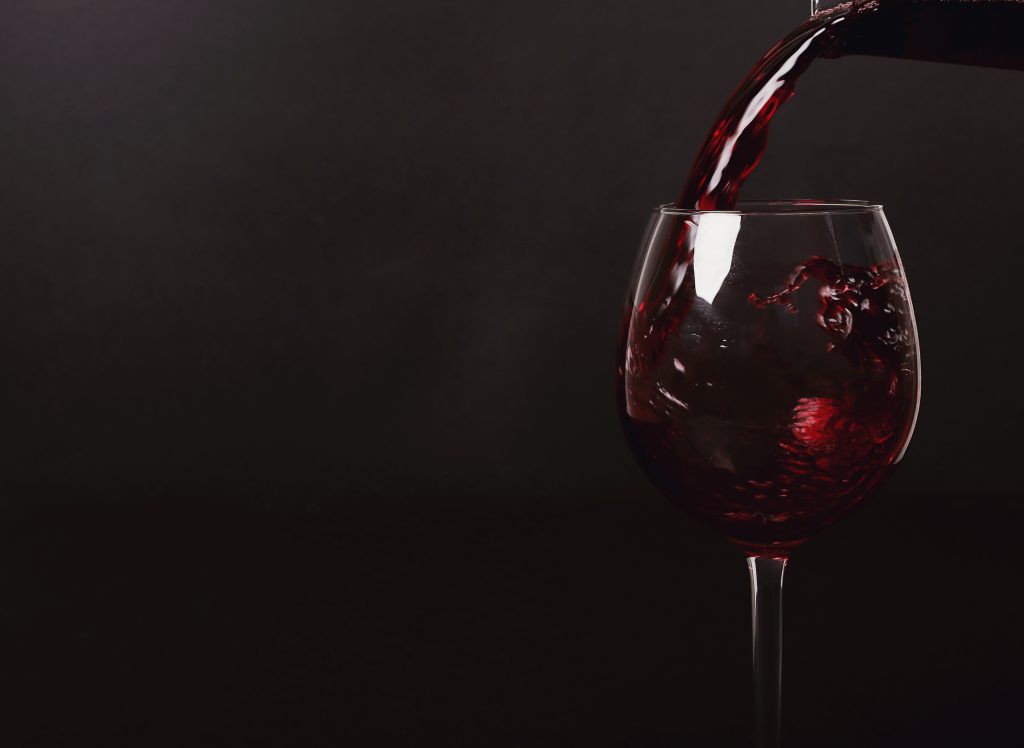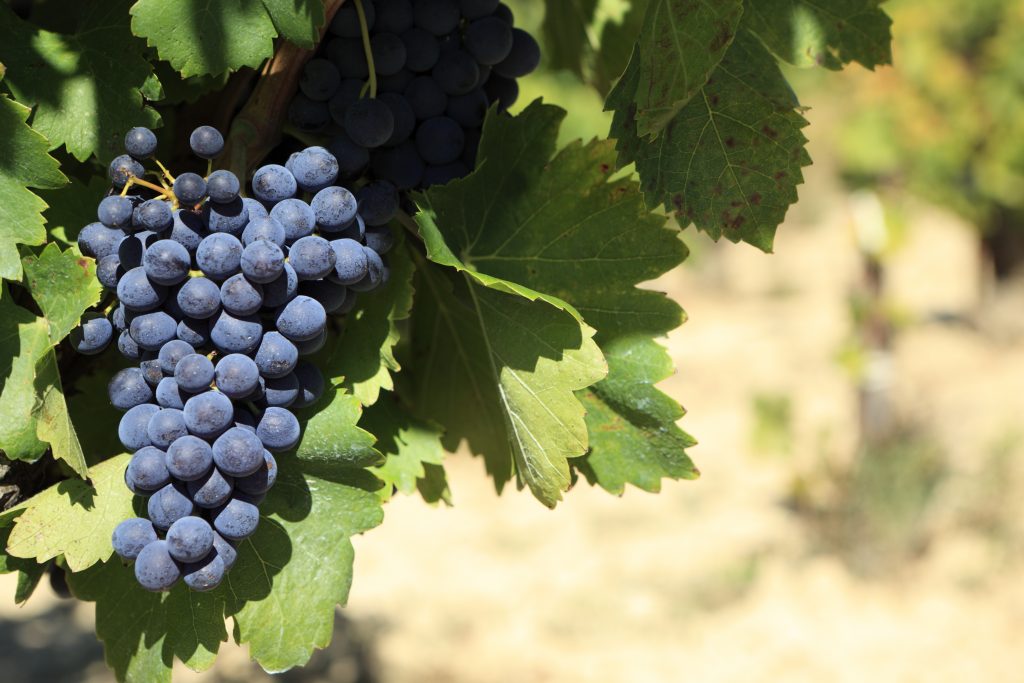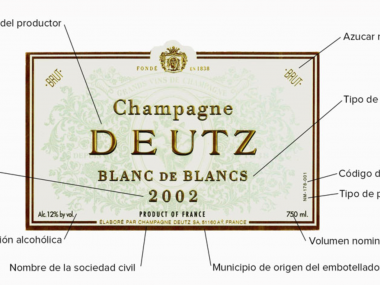Merlot is much more than a smooth wine. Here is a little guide to what to expect from a wine made from this great grape variety and how to make the most of its potential.

Some tips to keep in mind
Contrary to what many may assume, the most widely planted variety in France is neither Cabernet Sauvignon nor Pinot Noir, but Merlot. It is a thin-skinned and very sensitive grape, which makes its cultivation more complex than Cabernet, although it has an advantage over Cabernet Sauvignon, which is that it ripens up to two weeks earlier.
How can we distinguish a Merlot at first sight?
Since Merlot is very sensitive to light, there is a detail that can help us to distinguish it from other wines, such as Cabernet Sauvignon, which is that the wines made with Merlot are stained orange on the rim.

Flavour(s) of Merlot
Merlot wine is a wine with red fruits and soft tannins. However, it can present various nuances depending on where it is grown and whether it is in a warm or cold climate. For example, a cold climate Merlot, such as French, Italian or Chilean, is more structured, with more tannins and earthy flavours.
Warm climate Merlot, such as Californian, Australian or Argentinian, is fruitier and the tannin is much softer. To give the wine more structure, some wines are aged in oak.

Merlot Food Pairing
Because Merlot can be positioned in the middle of the wine spectrum, it can be paired with an incredible variety of dishes. It is a smooth wine, with medium tannin and not much acidity. This means that, in general, chicken and other lean and light meats are its ideal match. What never fails is to add a good sauce.






